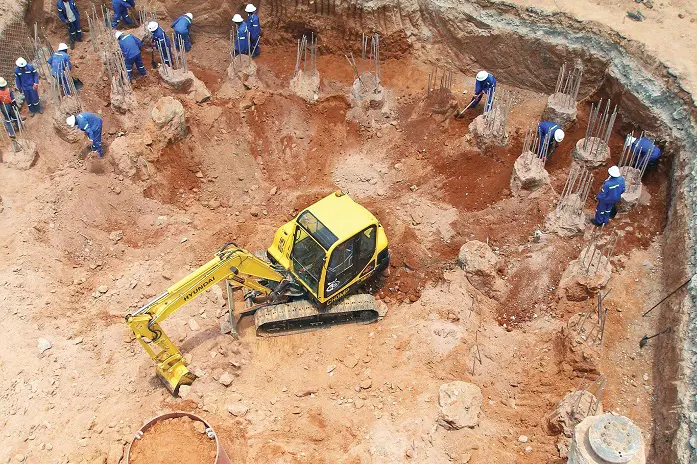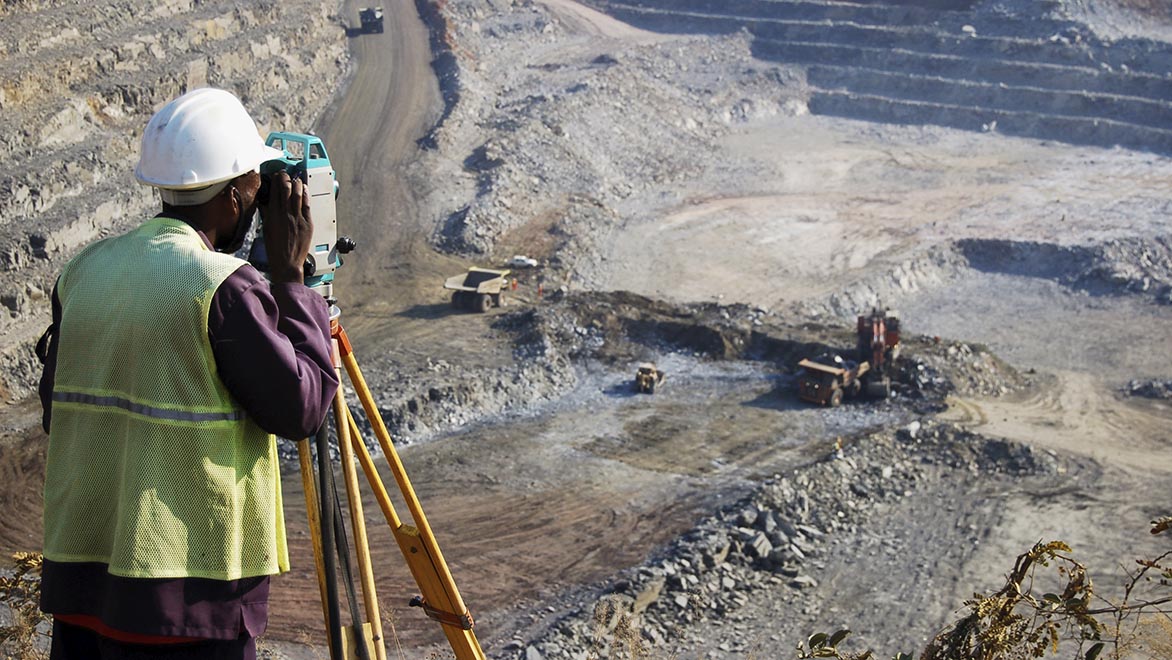Checking out the Perks of Geo Tech Engineering for Urban Planning
The Vital Payments of Geotechnical Engineers in Assessing Dirt Actions and Foundation Layout for Lasting Infrastructure Advancement
Geotechnical designers work as a cornerstone in the realm of sustainable facilities growth, where their know-how in analyzing dirt actions straight affects the safety and security and long life of frameworks. By using innovative strategies such as Standard Penetration Tests and Cone Penetration Testing, they meticulously assess soil residential properties, causing notified decisions on foundation design. These assessments not only reduce dangers connected with differential negotiation yet additionally lead the way for ingenious, eco aware techniques. As we explore the crucial role they play, the implications of their payments elevate essential inquiries about the future of framework strength and sustainability.
Duty of Geotechnical Designers

Along with site investigations, geotechnical designers review potential dangers such as dirt liquefaction, incline stability, and groundwater problems. They apply advanced engineering concepts to create options that minimize these risks, making certain that layouts comply with pertinent codes and standards. Their work frequently entails partnership with various other engineering techniques, architects, and ecological scientists to produce integrated techniques to infrastructure growth.
Furthermore, geotechnical designers contribute to lasting practices by promoting using materials and approaches that reduce ecological impact. With their comprehensive understanding of dirt auto mechanics and geology, they play a vital function in fostering risk-free, resistant, and sustainable framework that satisfies the demands of society while securing the setting.
Soil Habits Assessment Methods
Recognizing soil habits is fundamental to notified decision-making in geotechnical engineering, as it directly influences the style and building and construction processes. Different analysis techniques are utilized to examine dirt residential properties, ensuring accurate predictions of its efficiency under various loading problems.
One key method is the Common Infiltration Examination (SPT), which provides insights into soil density and consistency with the resistance run into throughout penetration. Similarly, Cone Penetration Testing (CPT) uses a continual profile of dirt stratification and in-situ strength parameters, enabling a more thorough understanding of subsurface conditions.
Lab examinations, such as Atterberg restrictions, unconfined compressive toughness, and triaxial examinations, are essential for characterizing soil habits under regulated conditions. These tests promote the resolution of important specifications, including shear strength, leaks in the structure, and compressibility.

Foundation Design Principles
Foundation style principles are vital for making certain the stability and durability of frameworks, as they determine just how loads are transferred from the superstructure to the underlying dirt. These concepts incorporate various considerations, consisting of load-bearing ability, settlement, and lateral stability. A comprehensive understanding of dirt mechanics is vital for geotechnical engineers to assess the communication between the soil and the foundation.
One key principle is the ideal option of foundation kind, which might include superficial foundations, such as spread footings, or deep structures, like stacks or caissons, relying on soil problems and structural loads - geo tech engineering. The foundation must be made to reduce differential settlement, which can lead to architectural damage

Sustainable Facilities Practices
How can we effectively incorporate sustainability into infrastructure techniques? Lasting framework methods begin with thorough website assessments, which assess dirt actions, neighborhood ecological communities, and source accessibility.
Additionally, utilizing ingenious building methods, such as utilizing low-impact foundations and recycled products, dramatically reduces the carbon impact of facilities tasks. Geotechnical designers play an essential function in selecting appropriate materials that improve durability and sustainability, such as utilizing geo-synthetics to improve soil security and decrease erosion.
In enhancement, lasting framework techniques require ongoing monitoring and maintenance to ensure that structures remain resilient over time. Ultimately, these practices not only add to the longevity of frameworks yet additionally advertise a much healthier setting, straightening framework advancement with wider sustainability goals.
Situation Research Studies and Applications
Situation studies in geotechnical engineering supply useful understandings right into the sensible applications of dirt behavior and sustainable infrastructure practices. One noteworthy instance is the building and construction of the Burj Khalifa in Dubai, where considerable dirt testing and analysis were conducted to evaluate the unique challenges posed by the area's loosened sand and high water table. Geotechnical designers used progressed strategies such as vibrant probing and cone penetration testing to identify the soil's load-bearing ability, eventually resulting in the design of a deep structure system that sustains this famous structure.
Another crucial case is the remediation of the San Francisco-Oakland Bay Bridge after the 1989 Loma Prieta quake. Geotechnical assessments revealed the demand for soil stabilization strategies, consisting of grouting and soil nailing, to enhance the seismic resilience of the foundation. These treatments not just improved the bridge's safety however likewise added to its longevity and sustainability.
Such case research studies exemplify just how geotechnical designers play a crucial function in understanding dirt behavior and using ingenious solutions to ensure the architectural integrity and sustainability of framework jobs. geotechnical eng. Their knowledge is crucial in attending to the complex tests posed by different soil problems across varied geographical locations
Verdict
Finally, the payments of geotechnical engineers are essential for the analysis of soil behavior and the design of foundations, which are essential for lasting facilities growth. Via the application of advanced testing methods and ingenious products, these specialists ensure the stability and safety of structures while lessening ecological effects. The assimilation of lasting techniques advertises strength in framework projects, highlighting the importance of collaboration among stakeholders to achieve effective building services that satisfy both social and environmental requirements.
Geotechnical designers offer as a keystone in the world of lasting facilities advancement, where their expertise in evaluating soil behavior directly influences the safety and longevity of structures.Geotechnical engineers play a critical duty in the layout and building and construction of infrastructure by assessing dirt and rock actions to make certain security and safety and security. A detailed understanding of dirt technicians is essential for geotechnical engineers to evaluate the interaction between the dirt and the structure.
Geotechnical analyses exposed the requirement for dirt stabilization methods, consisting of grouting and dirt nailing, to boost the seismic strength of the structure.In conclusion, the contributions of geotechnical designers are vital for the evaluation of soil habits and the style of foundations, which are vital for sustainable infrastructure development.